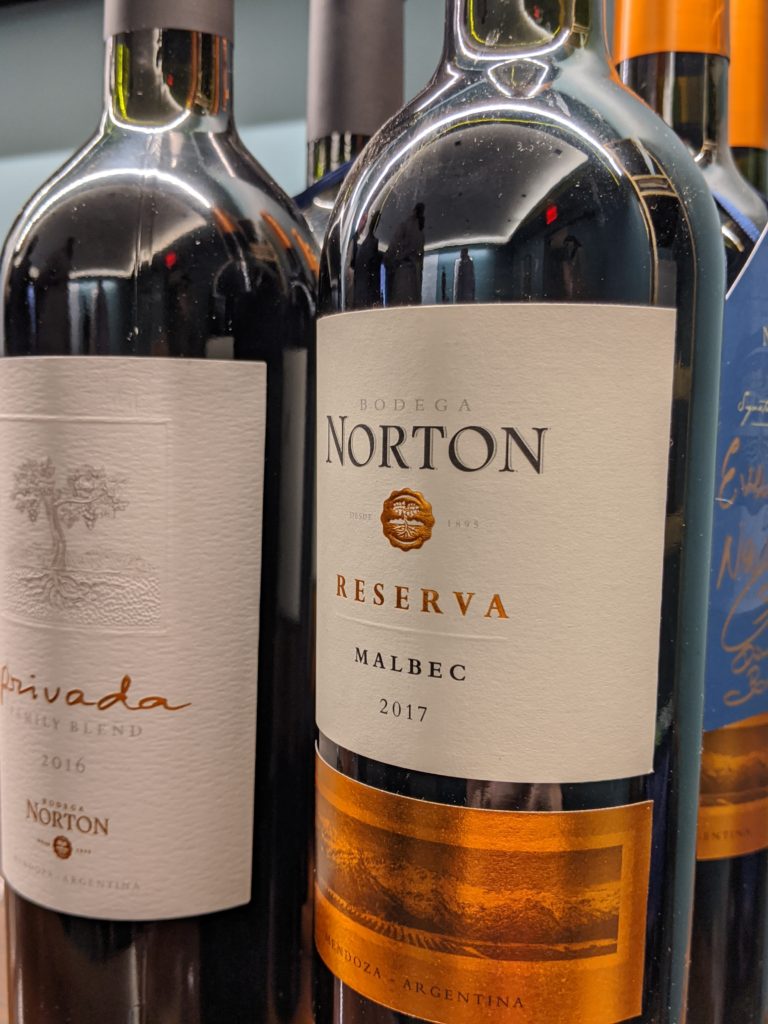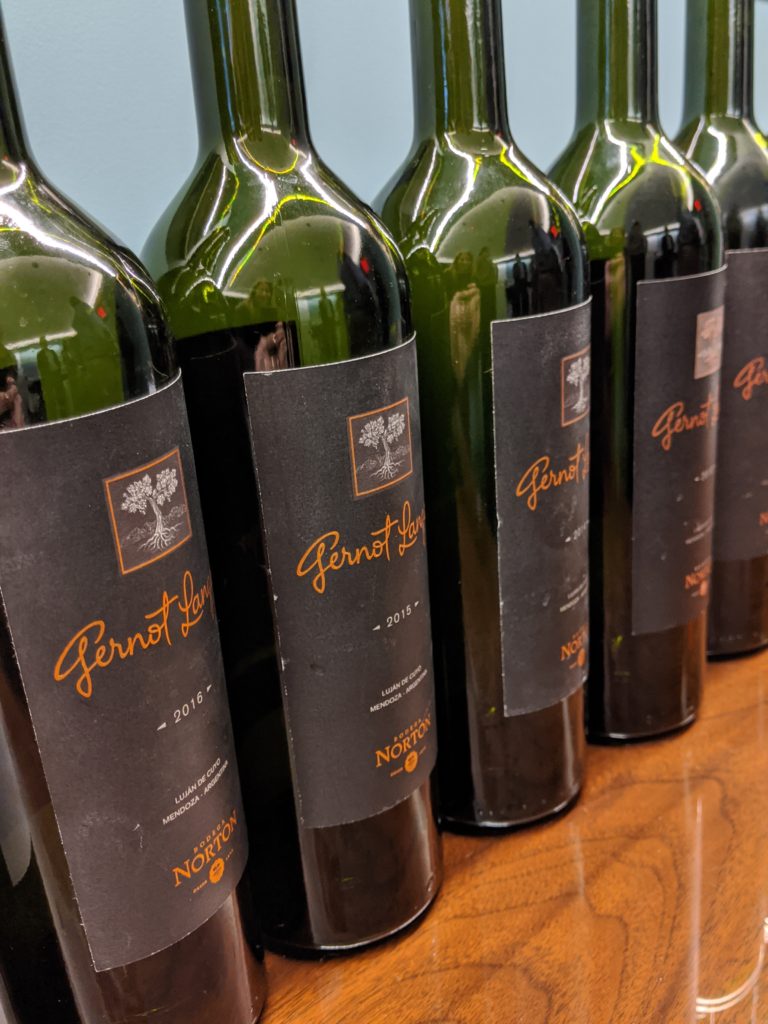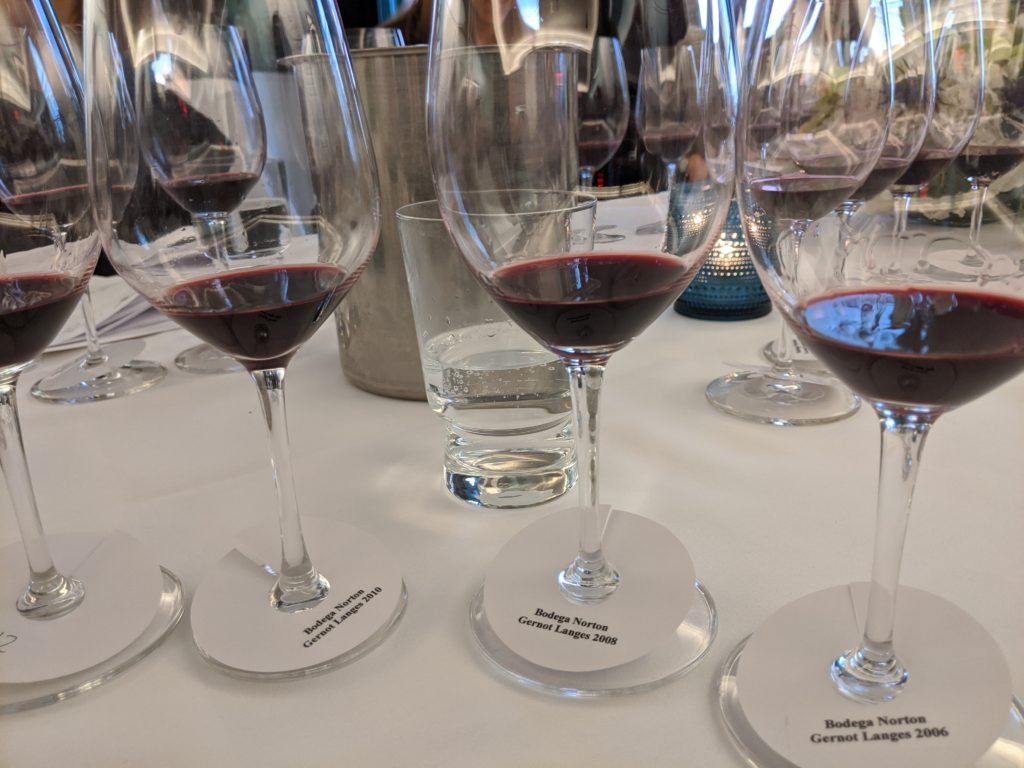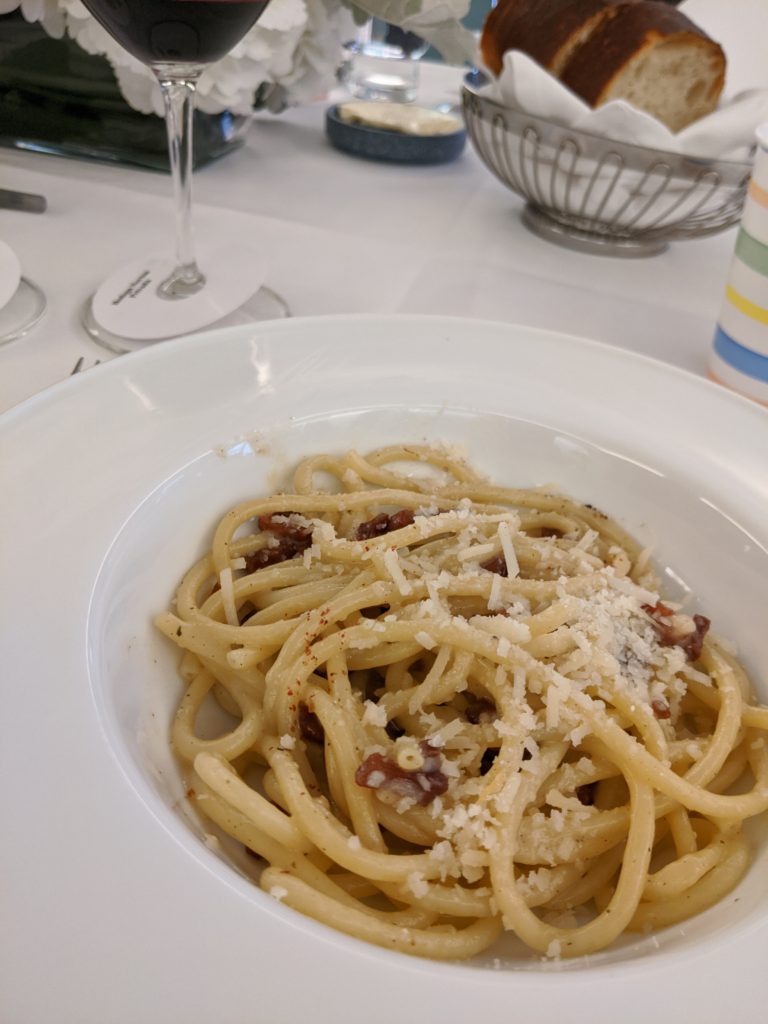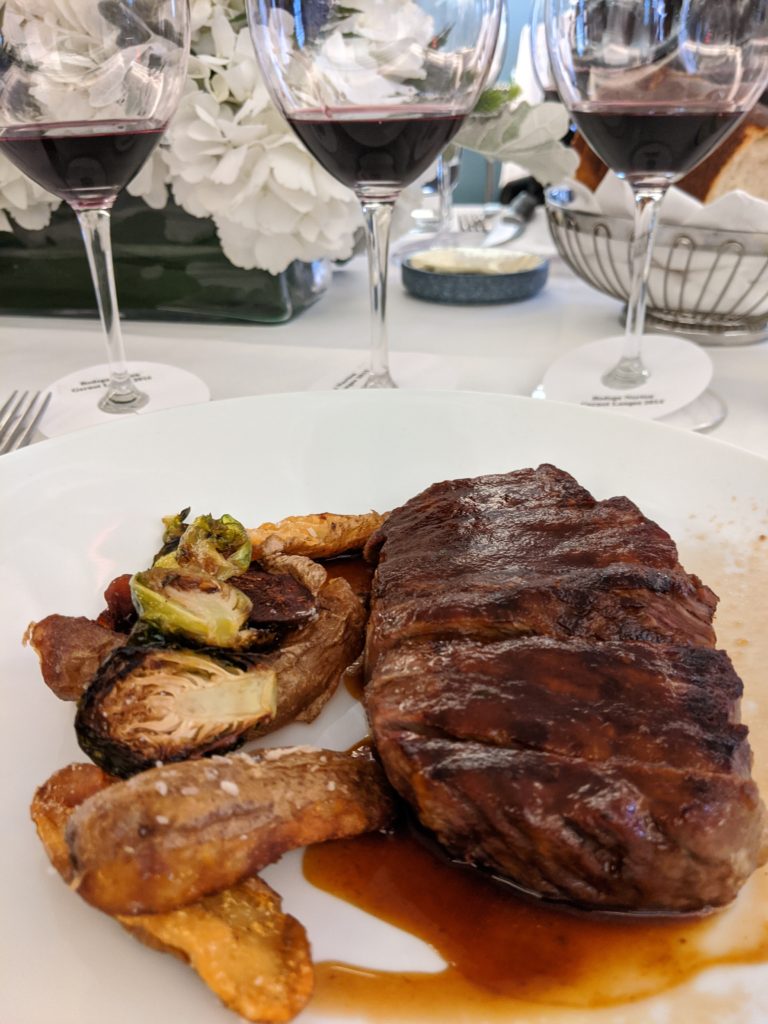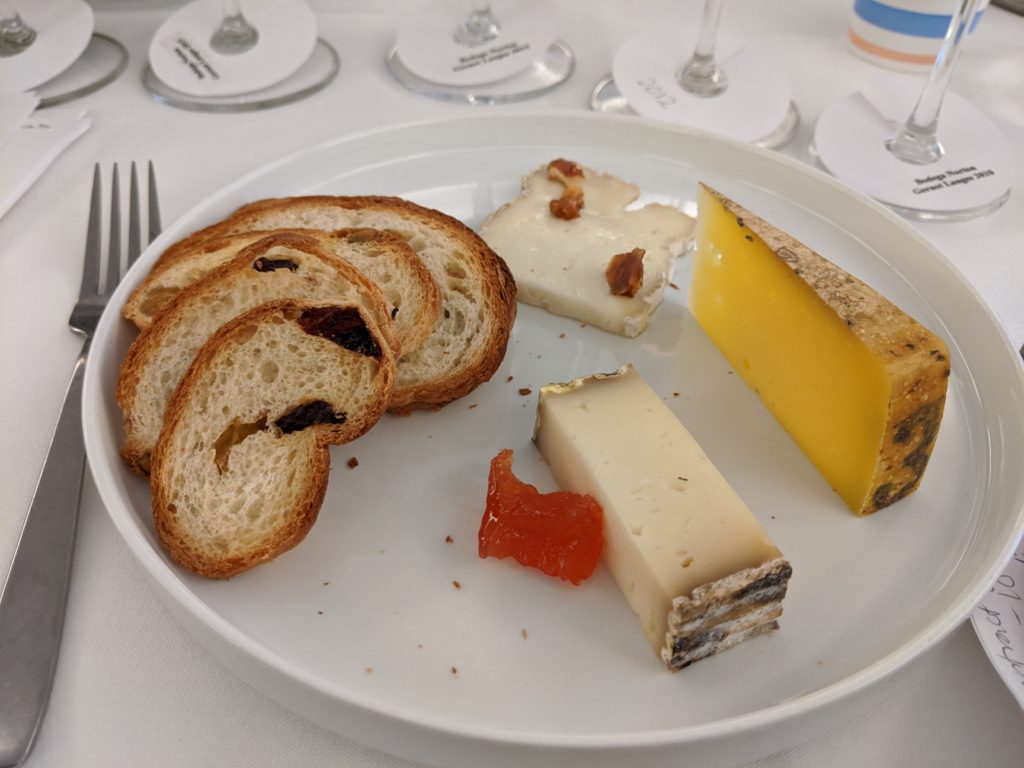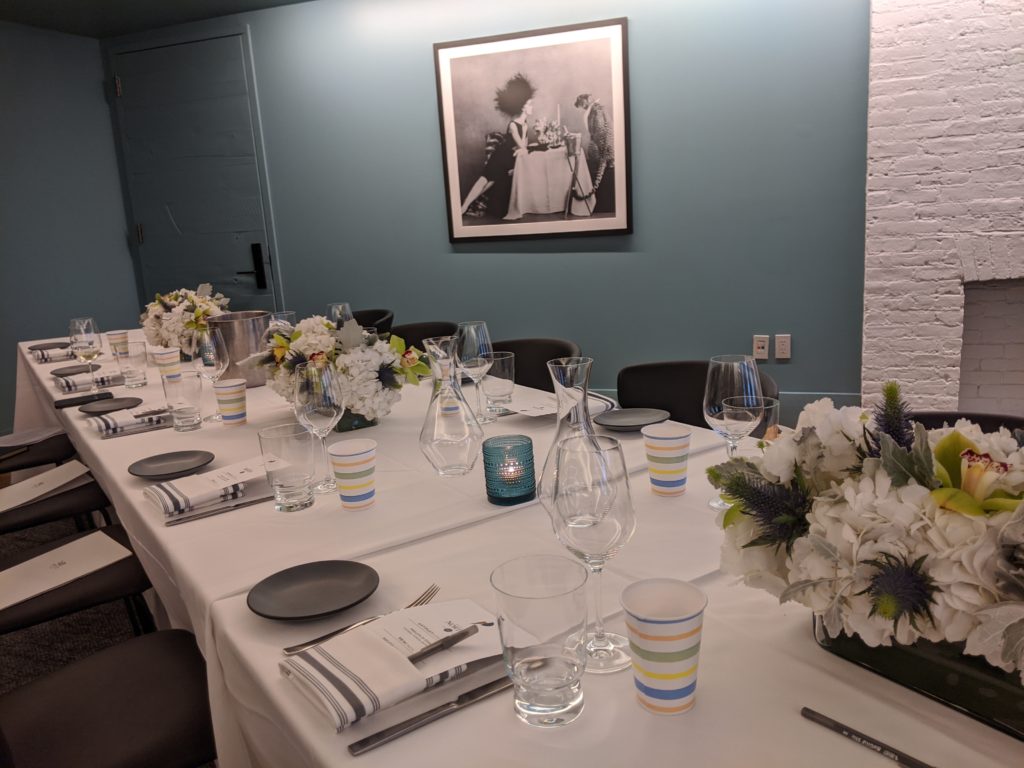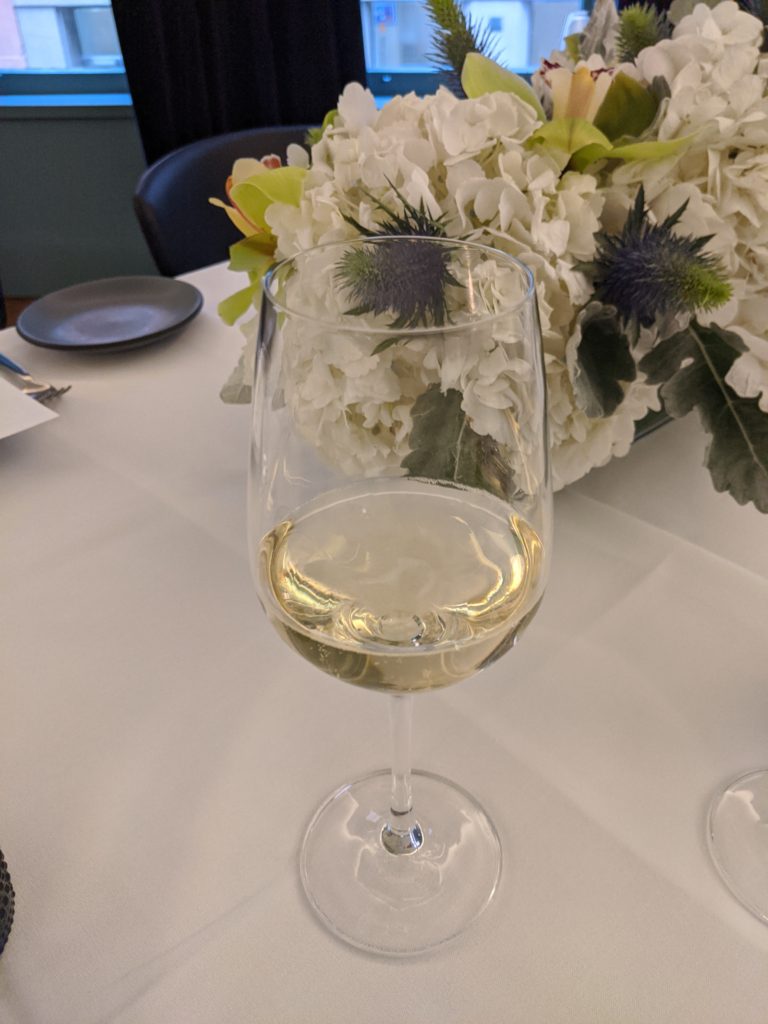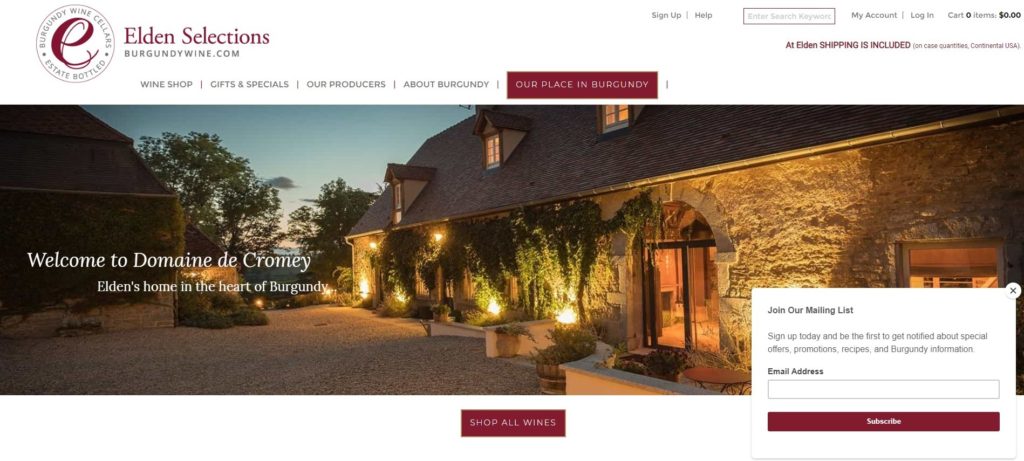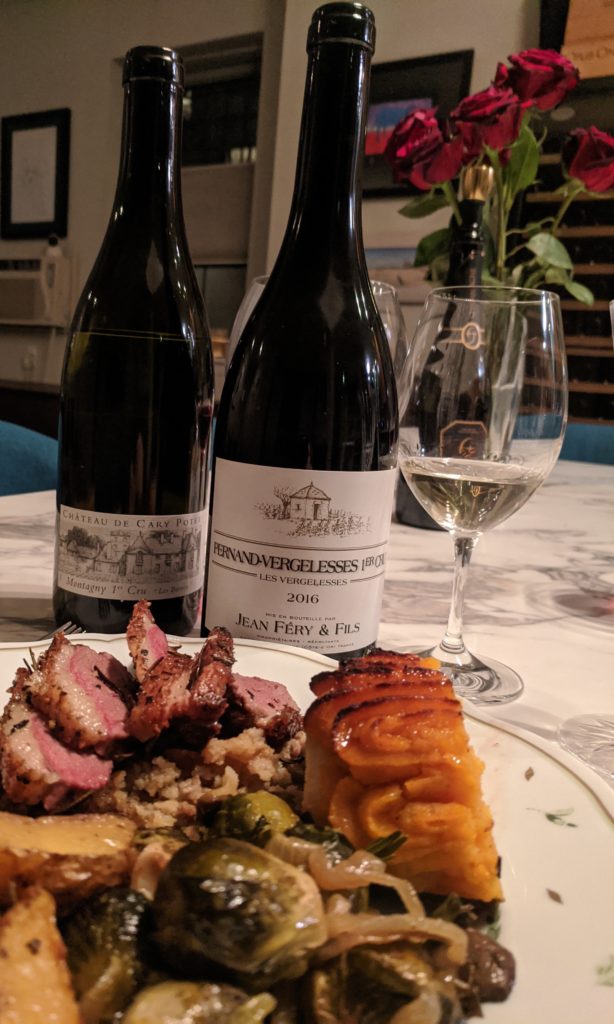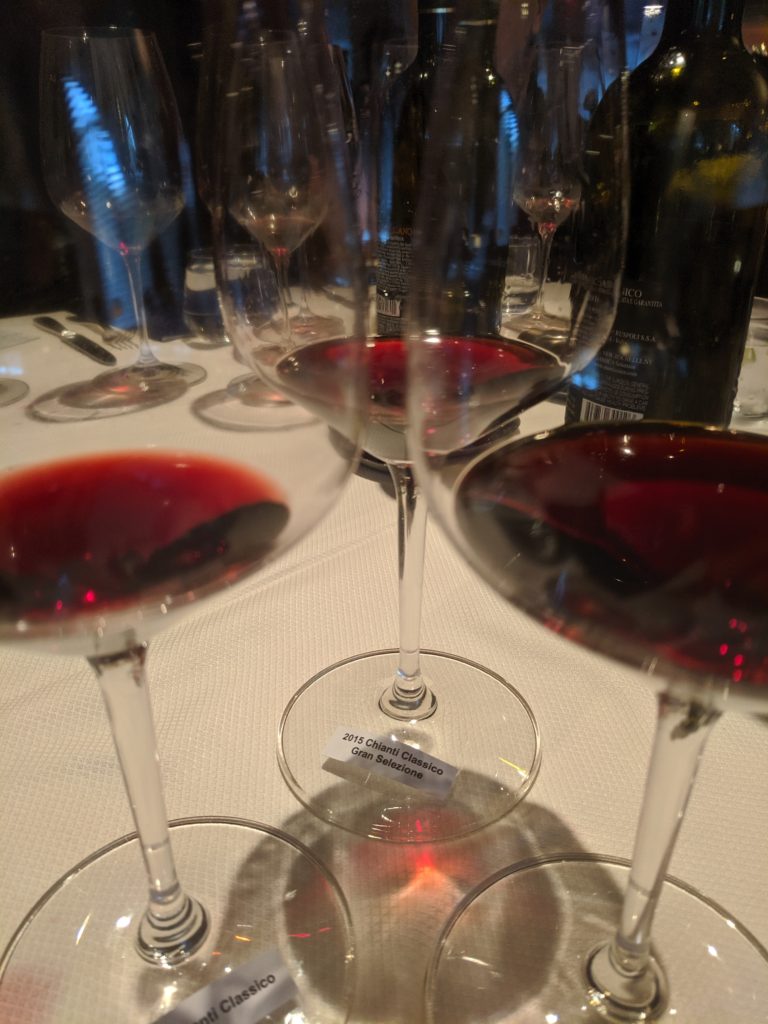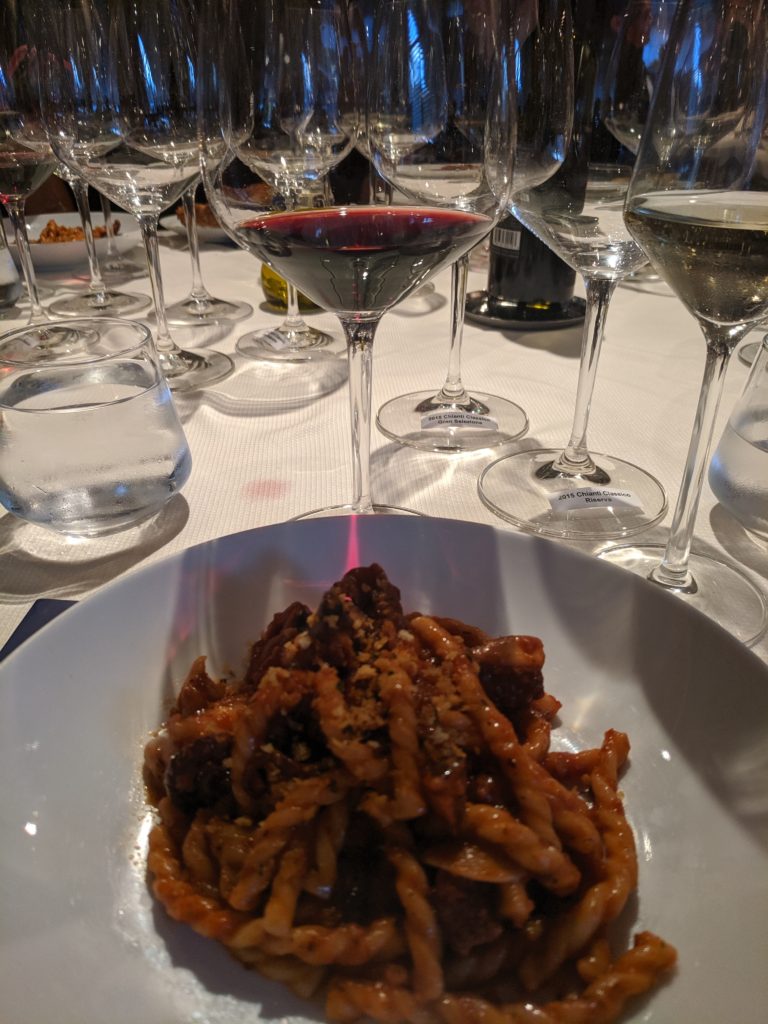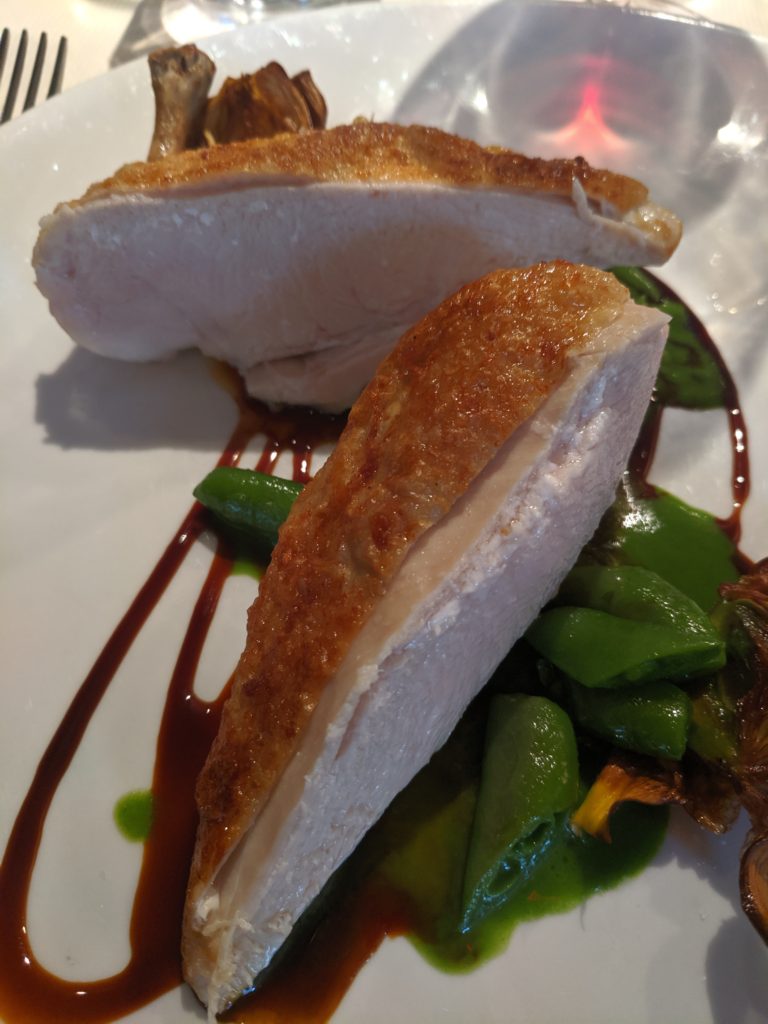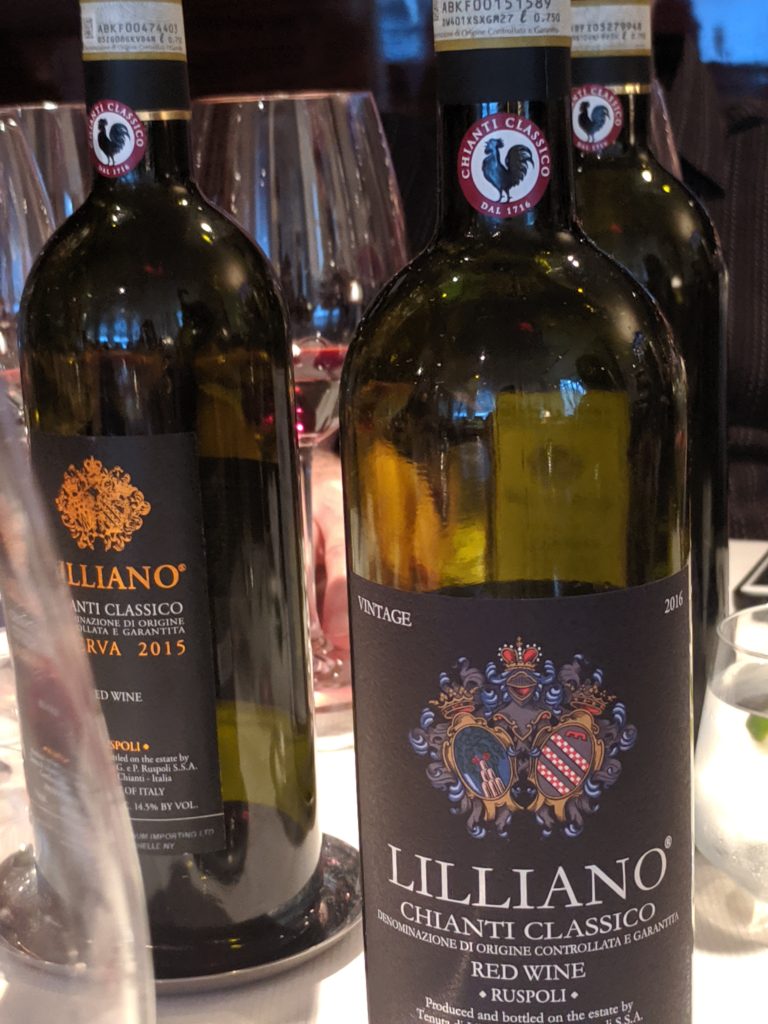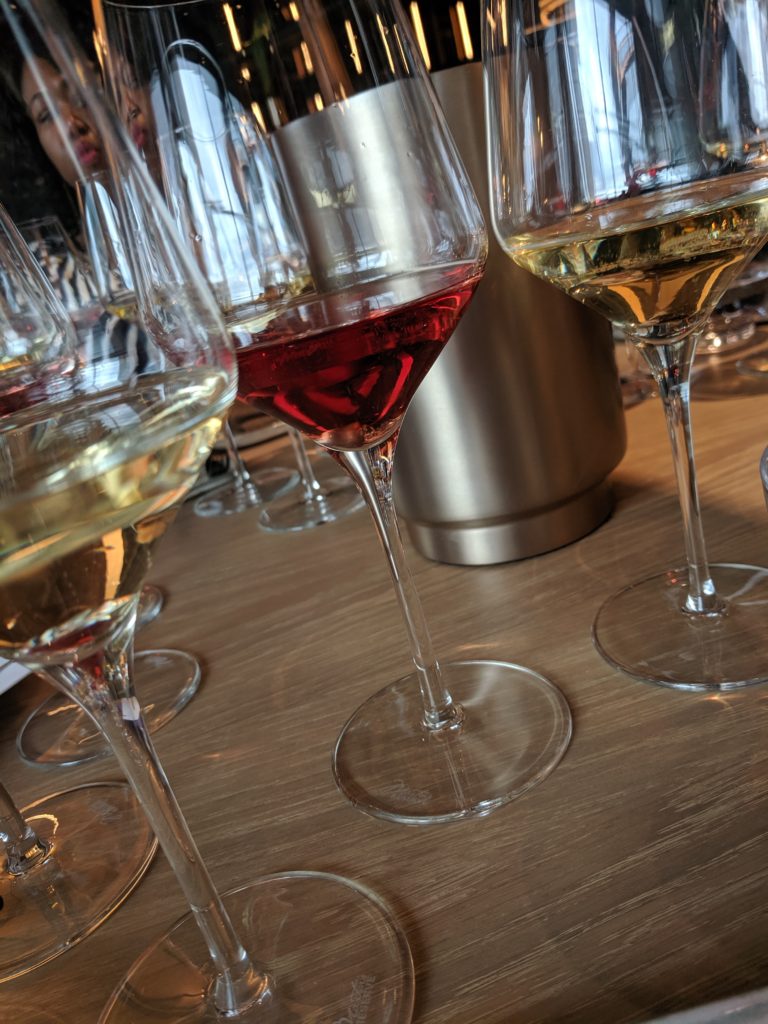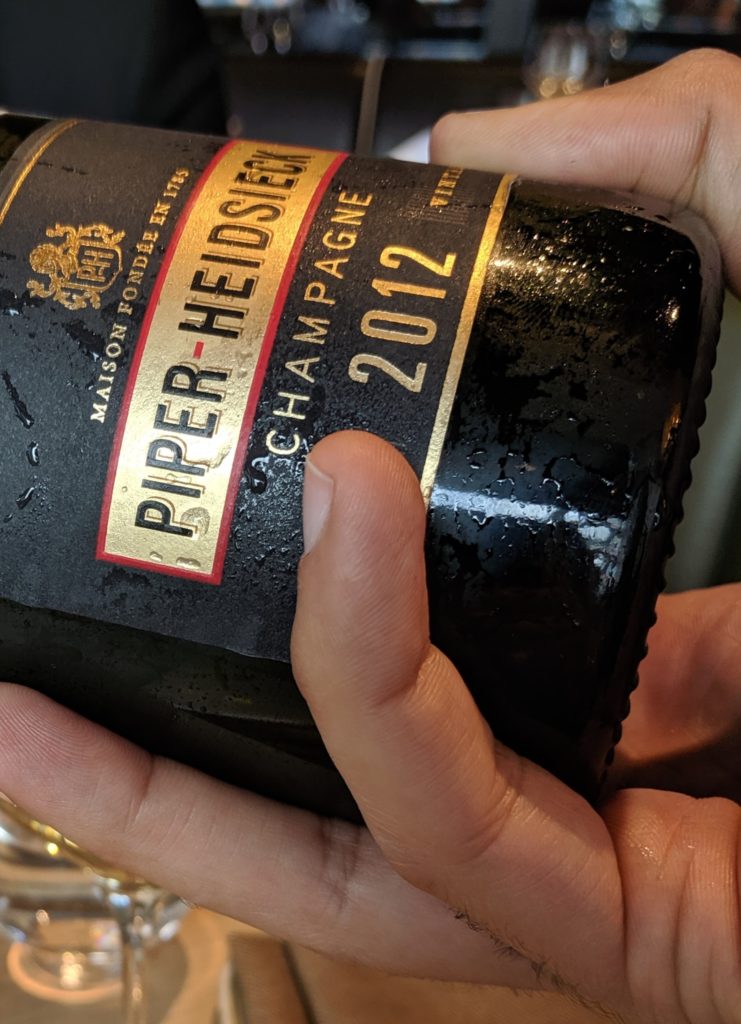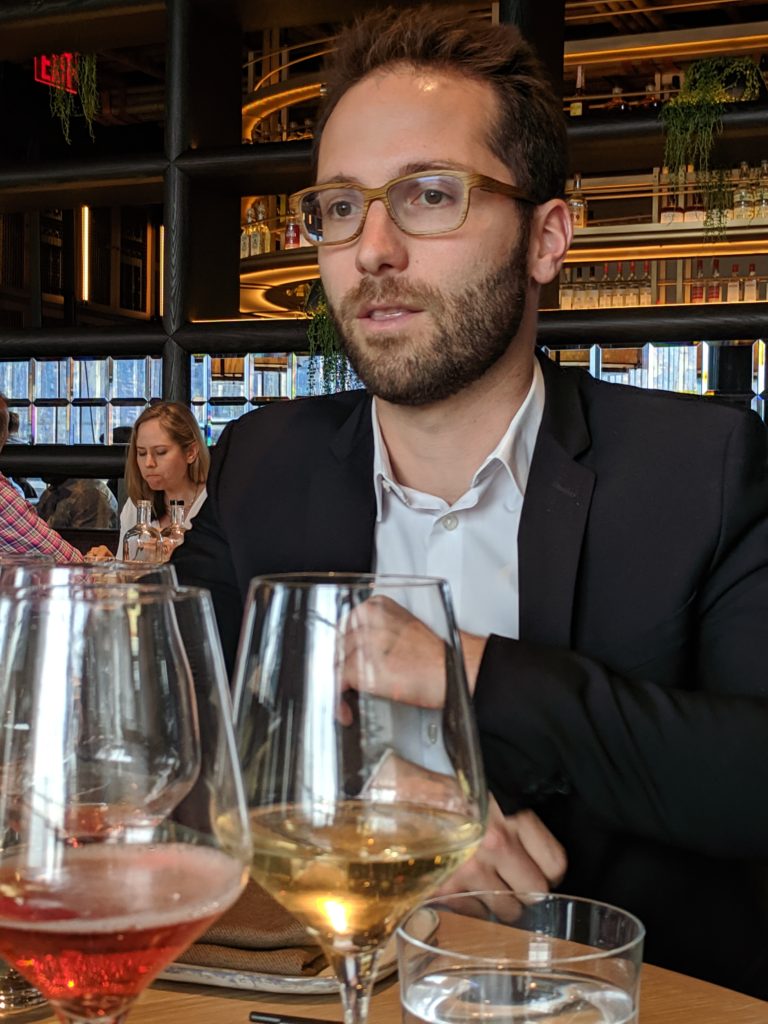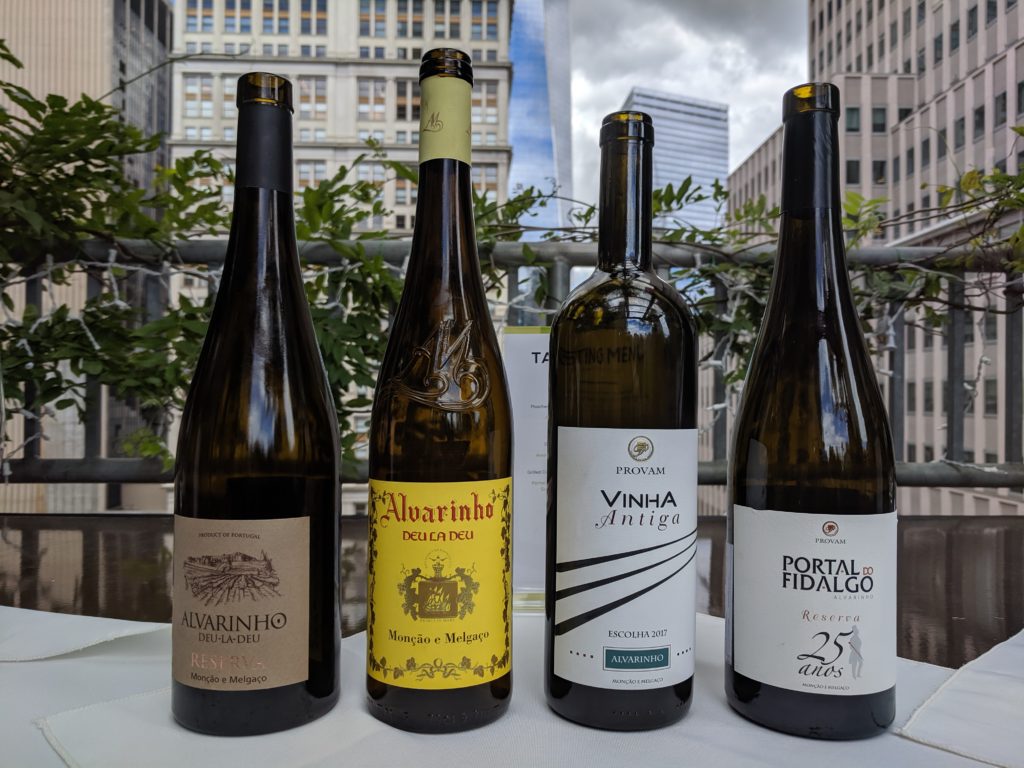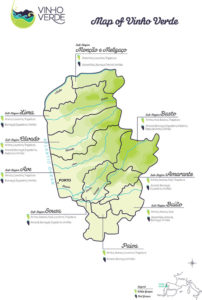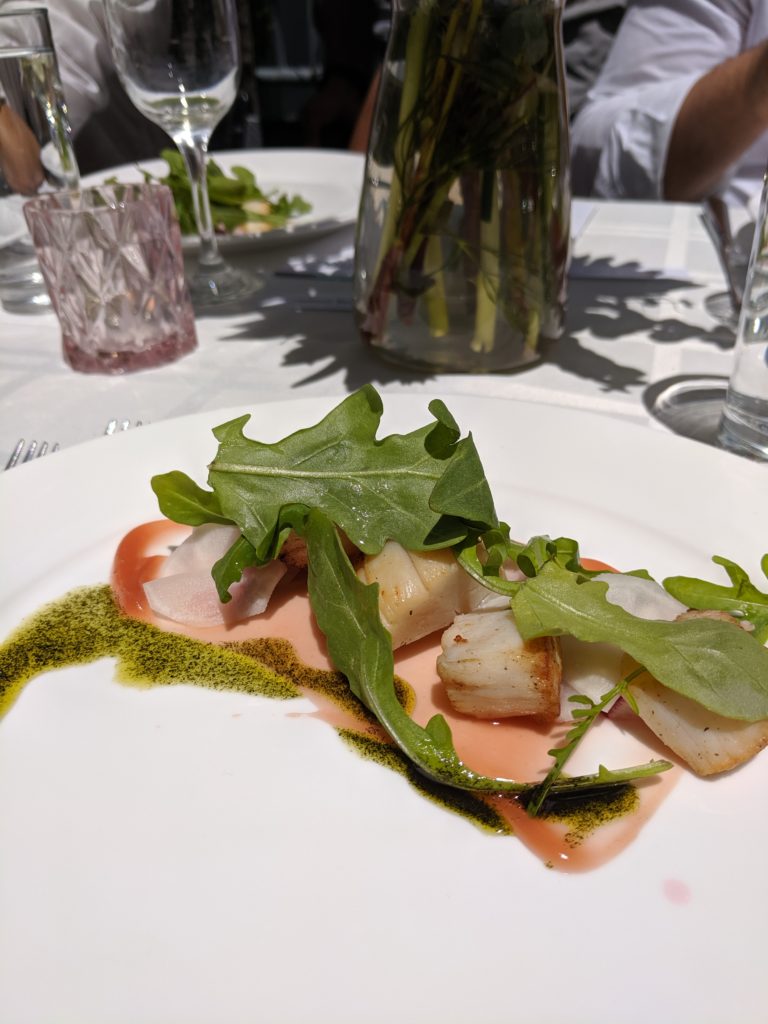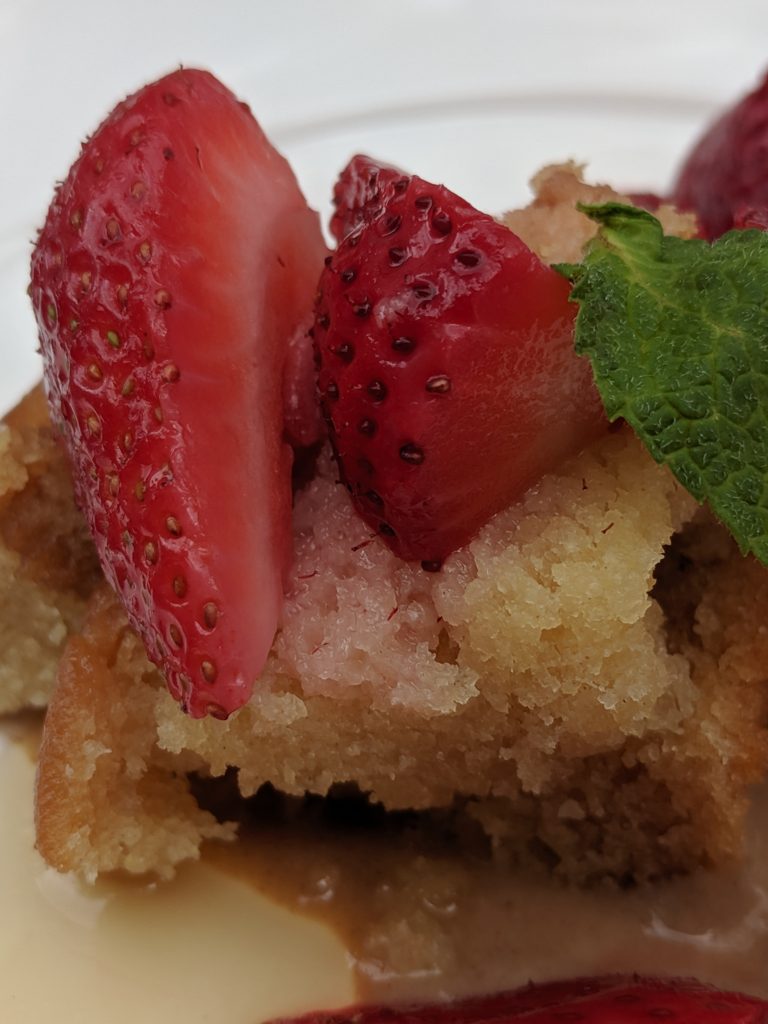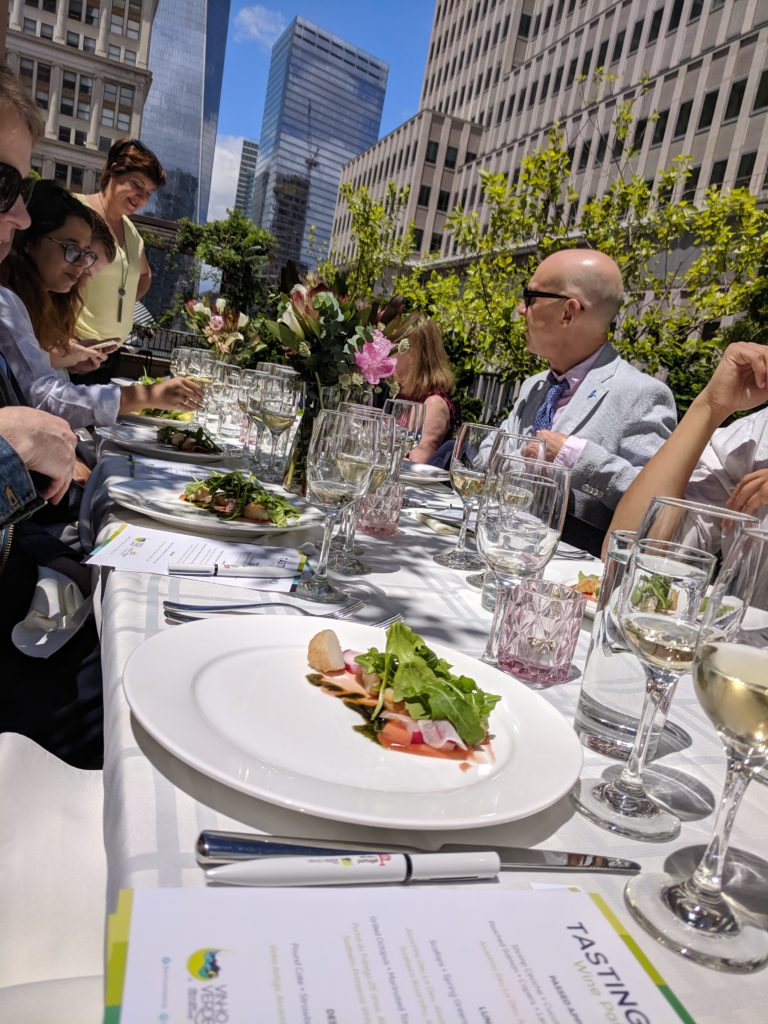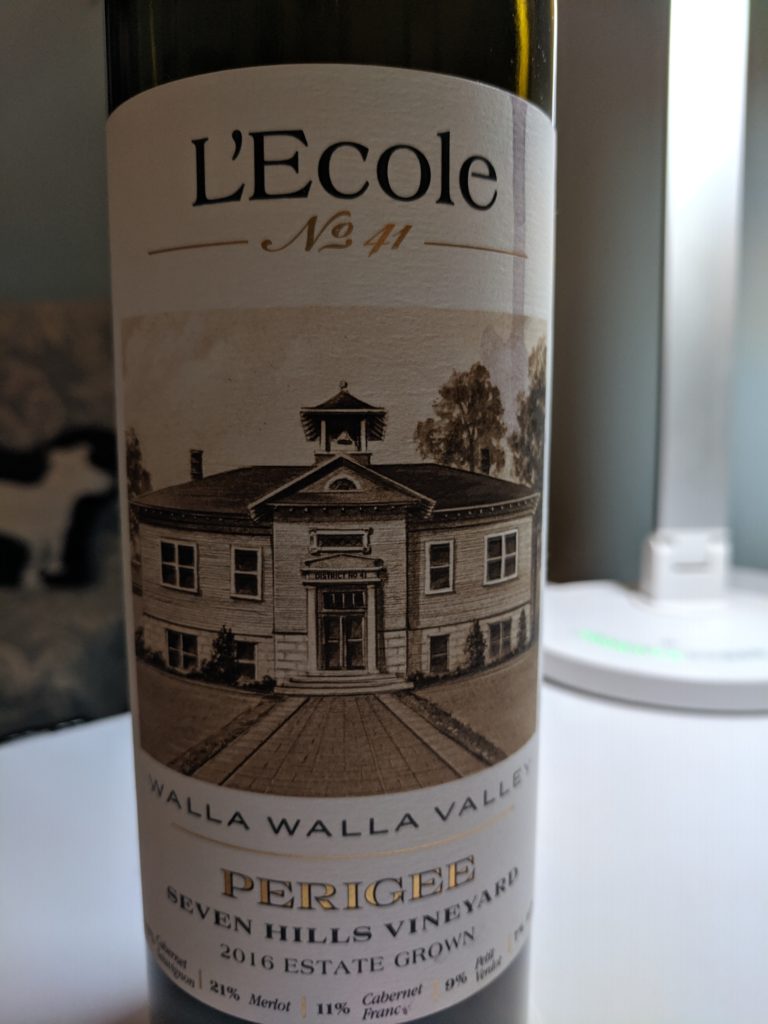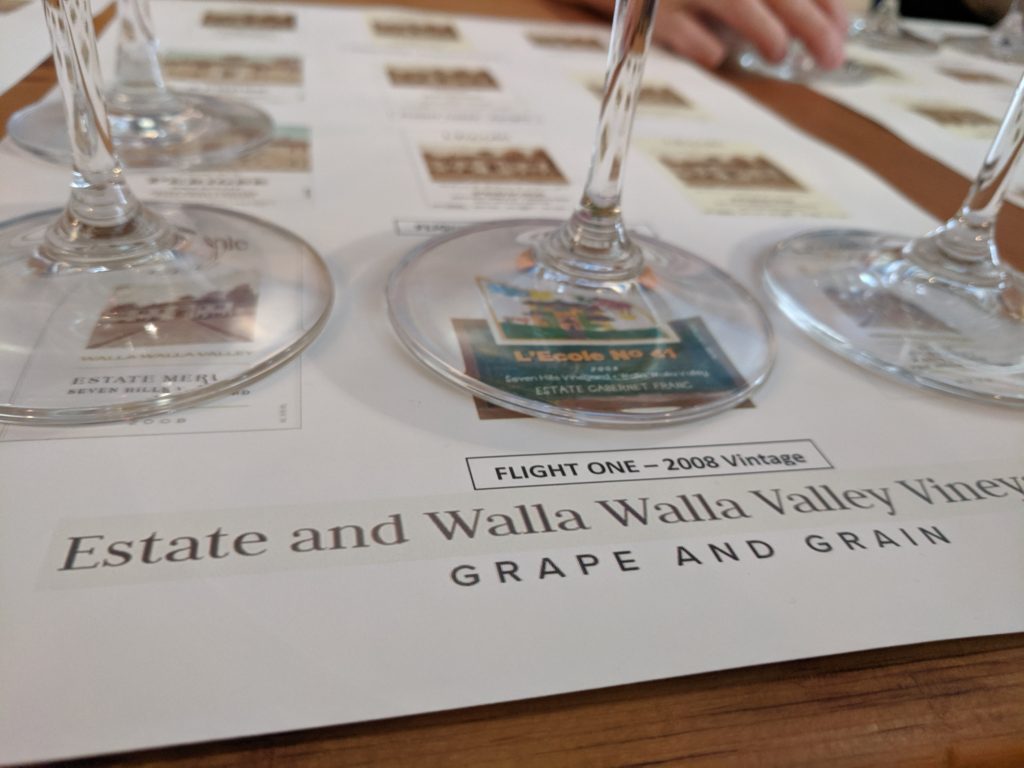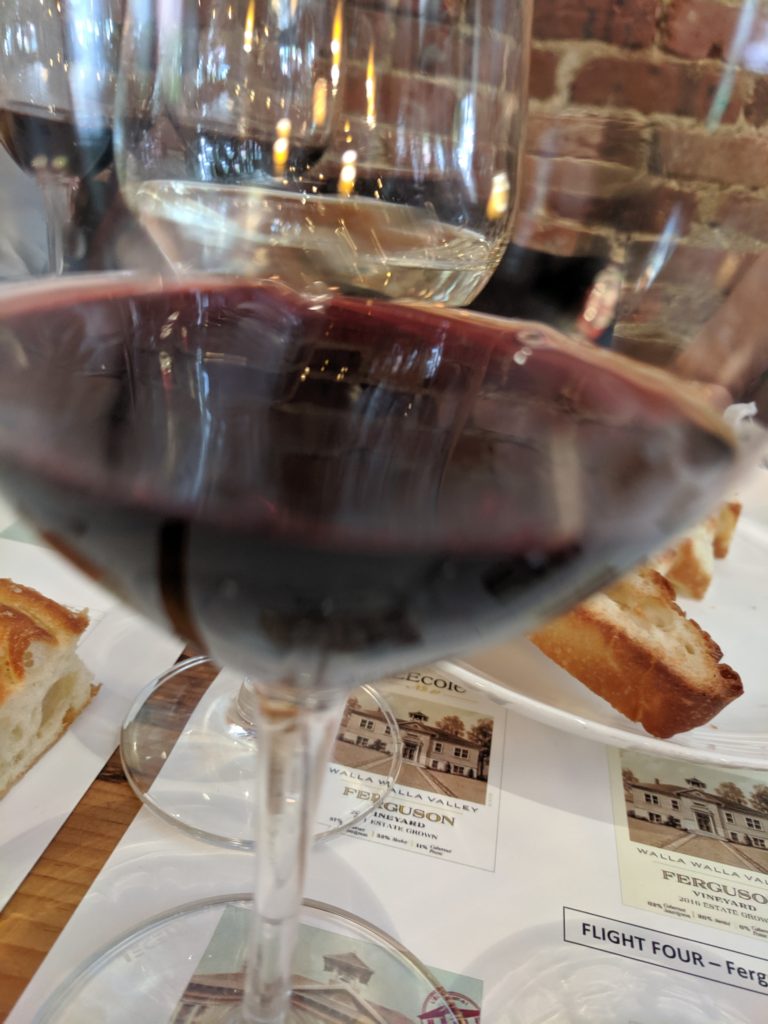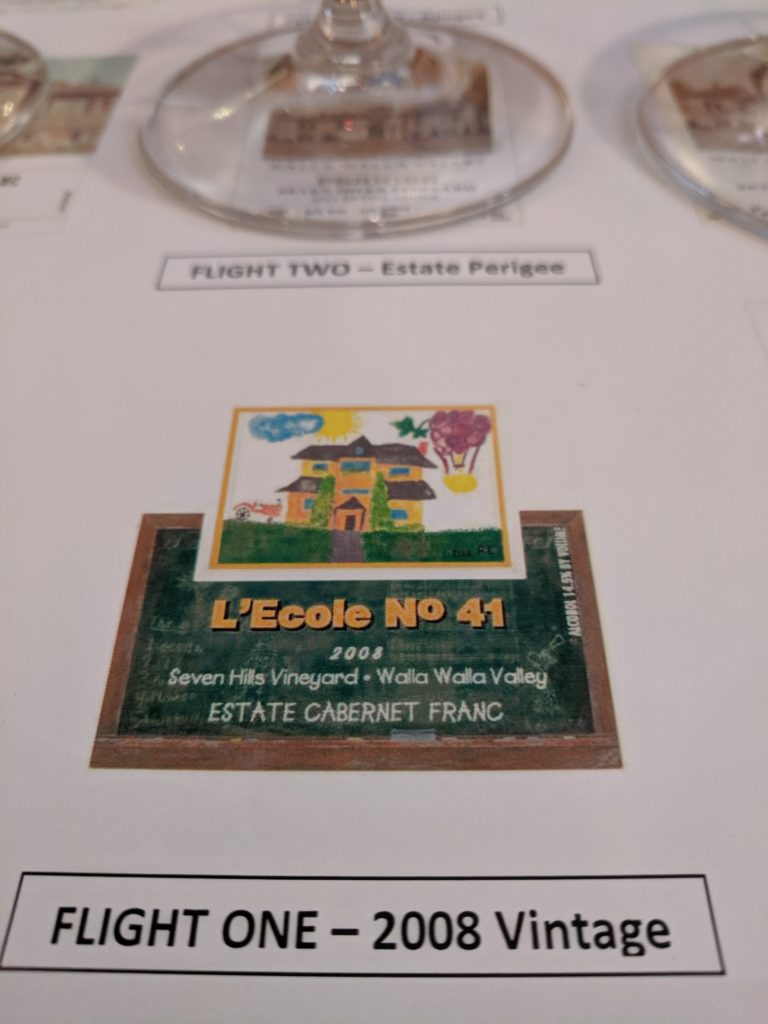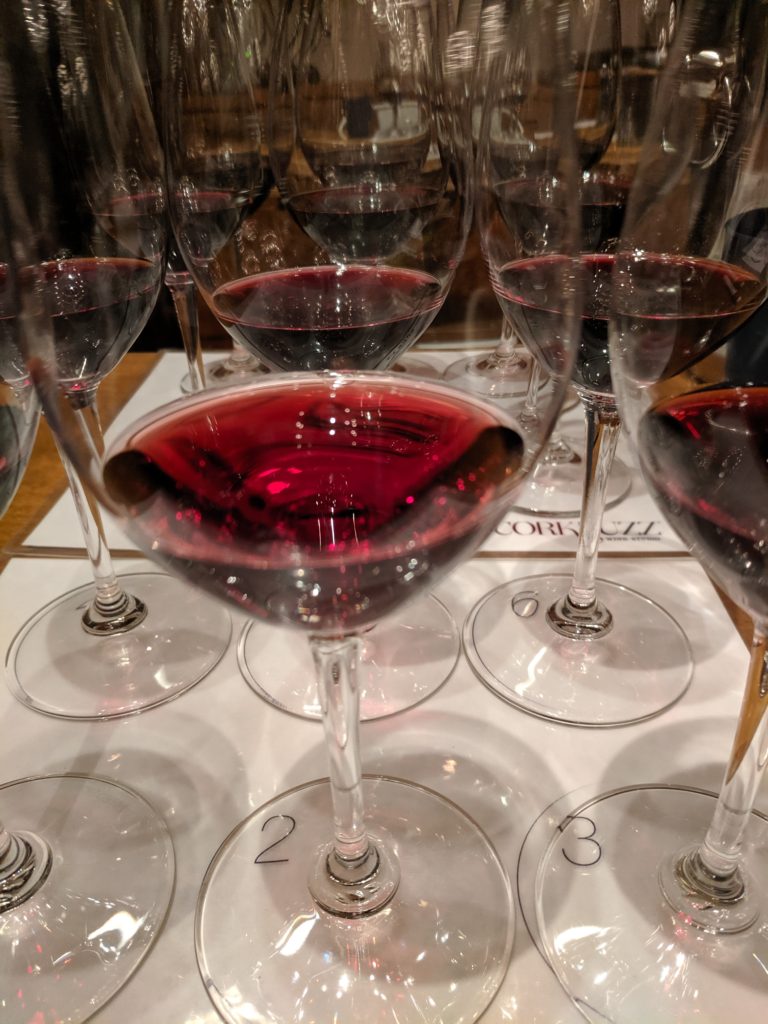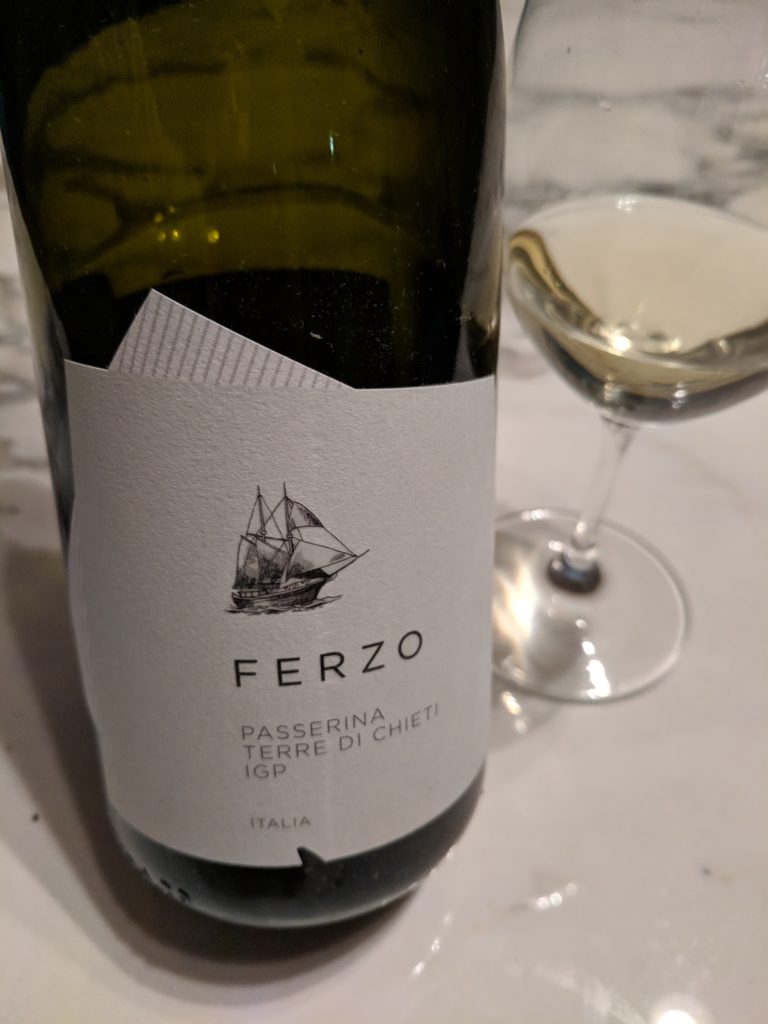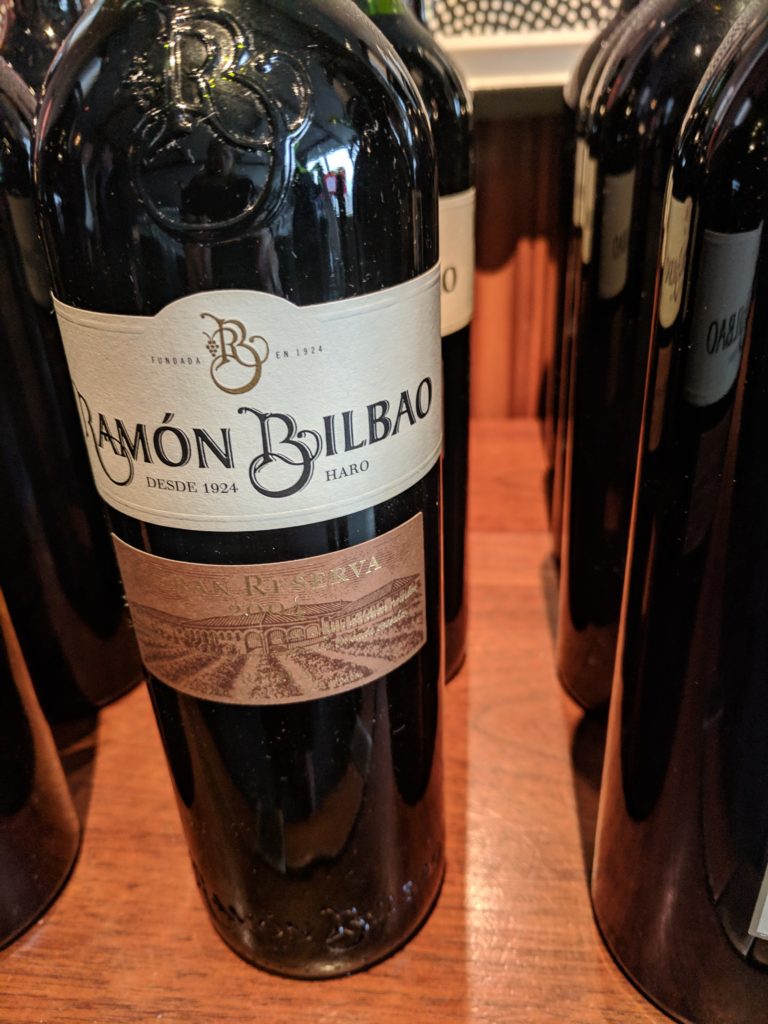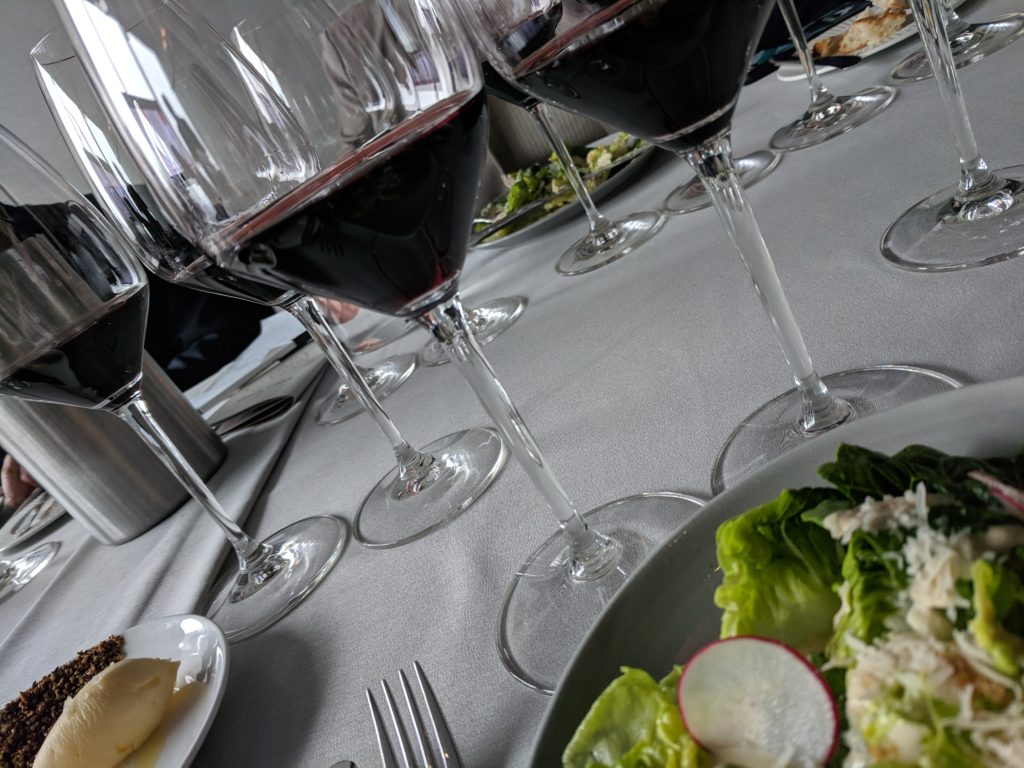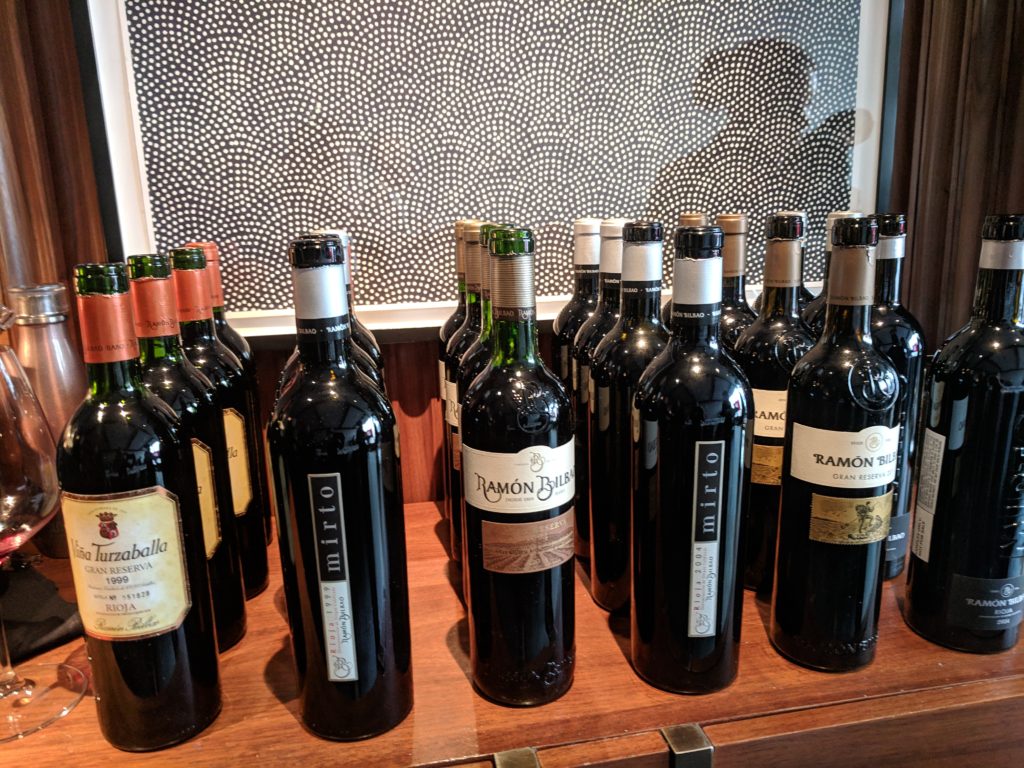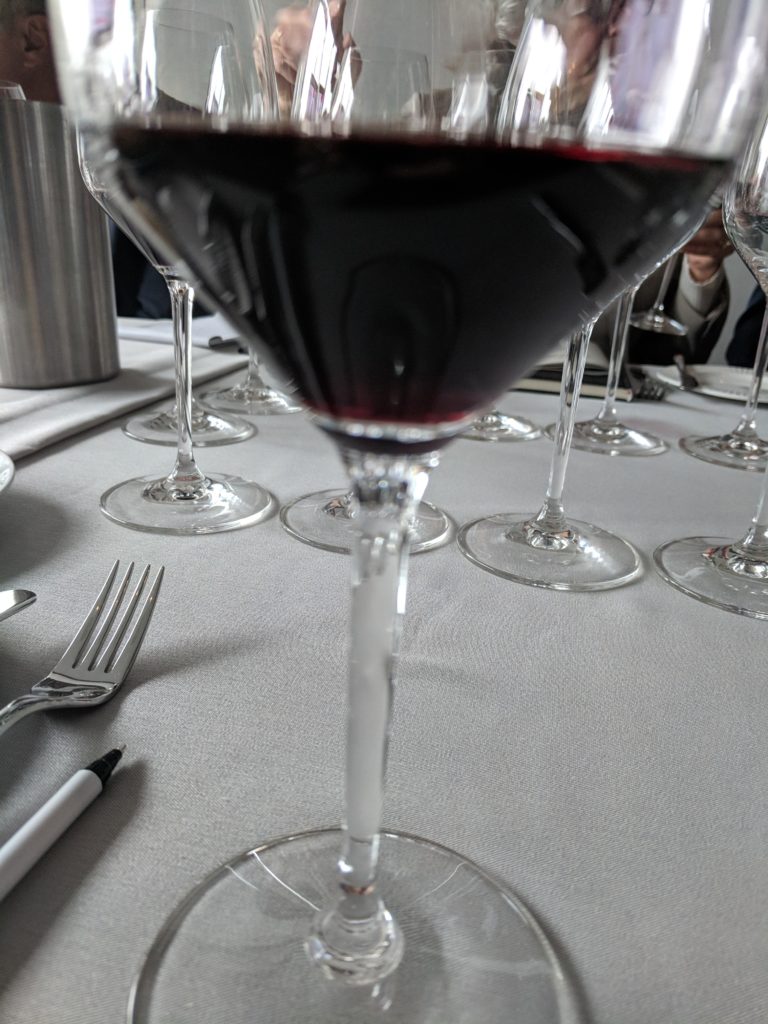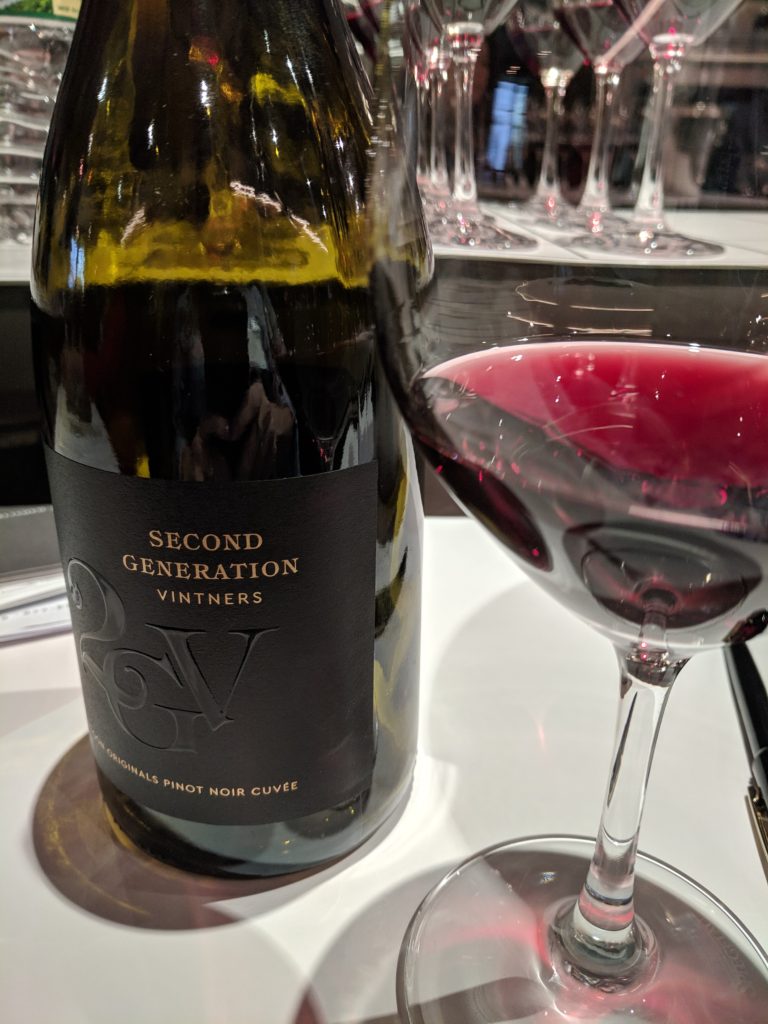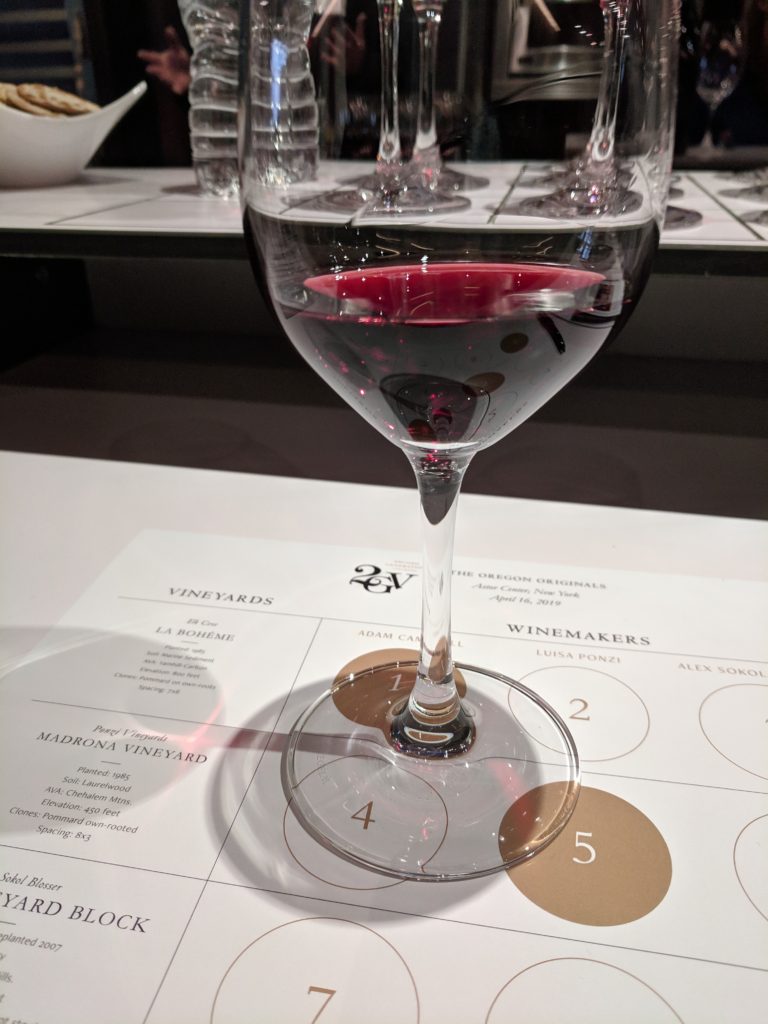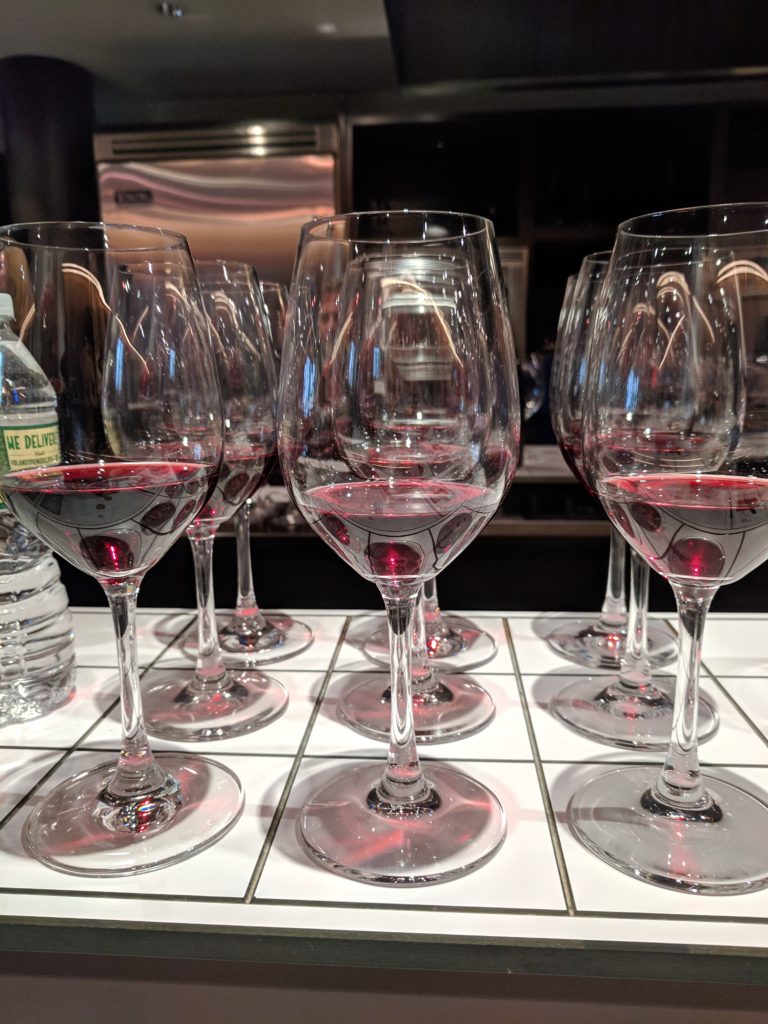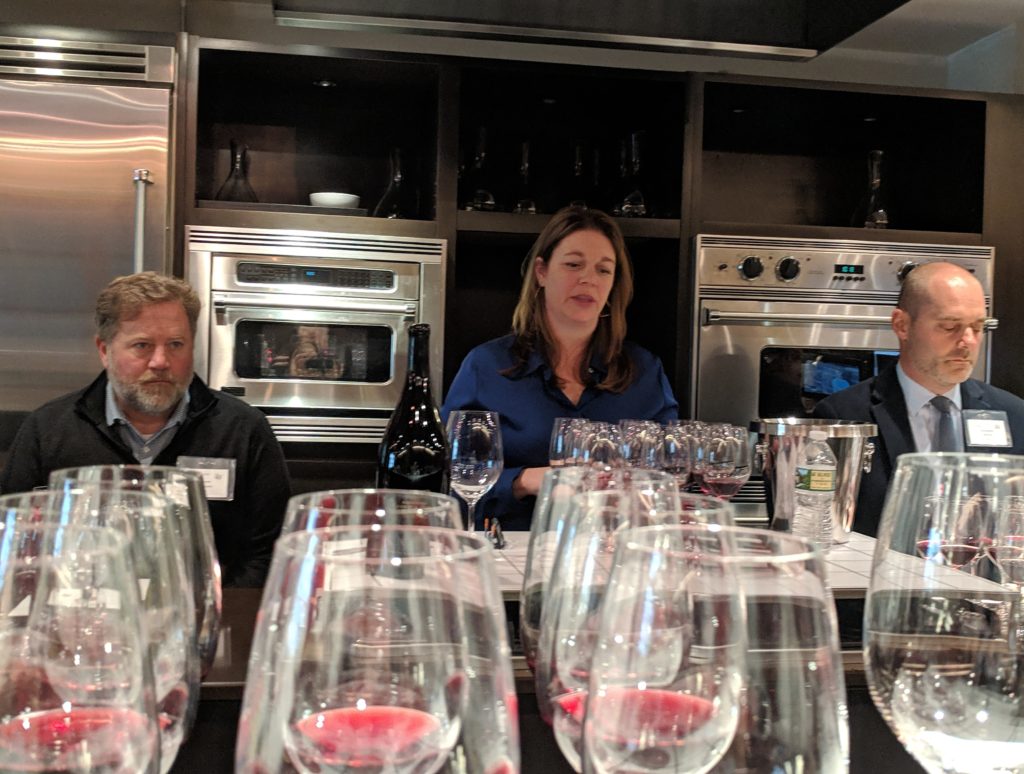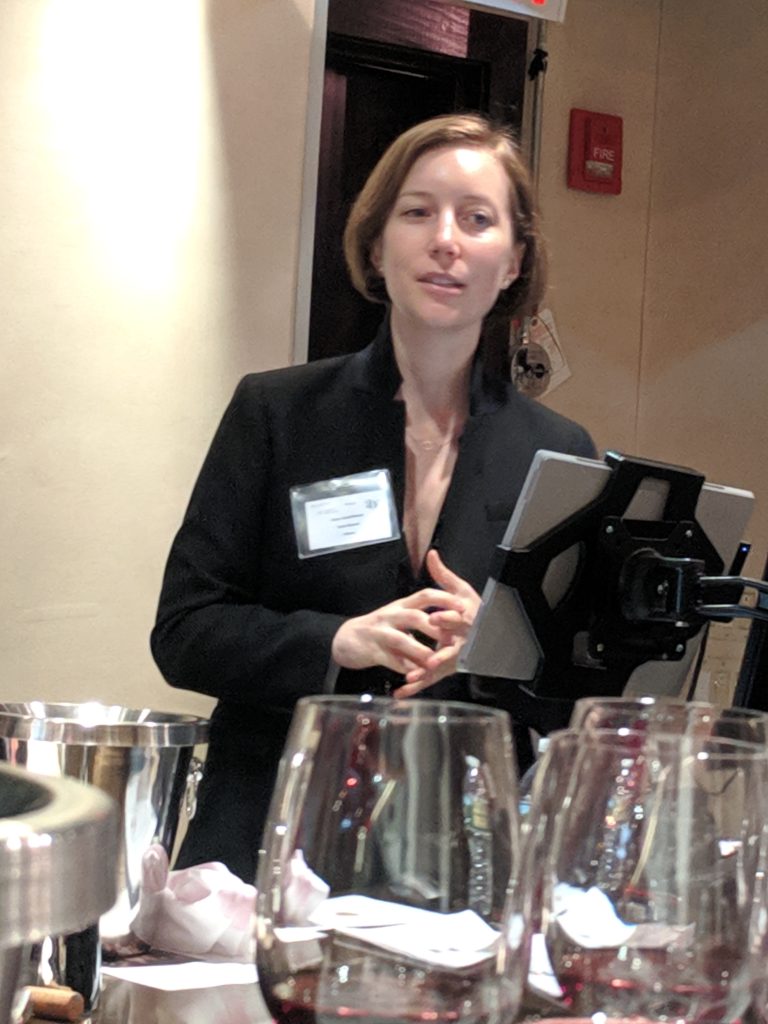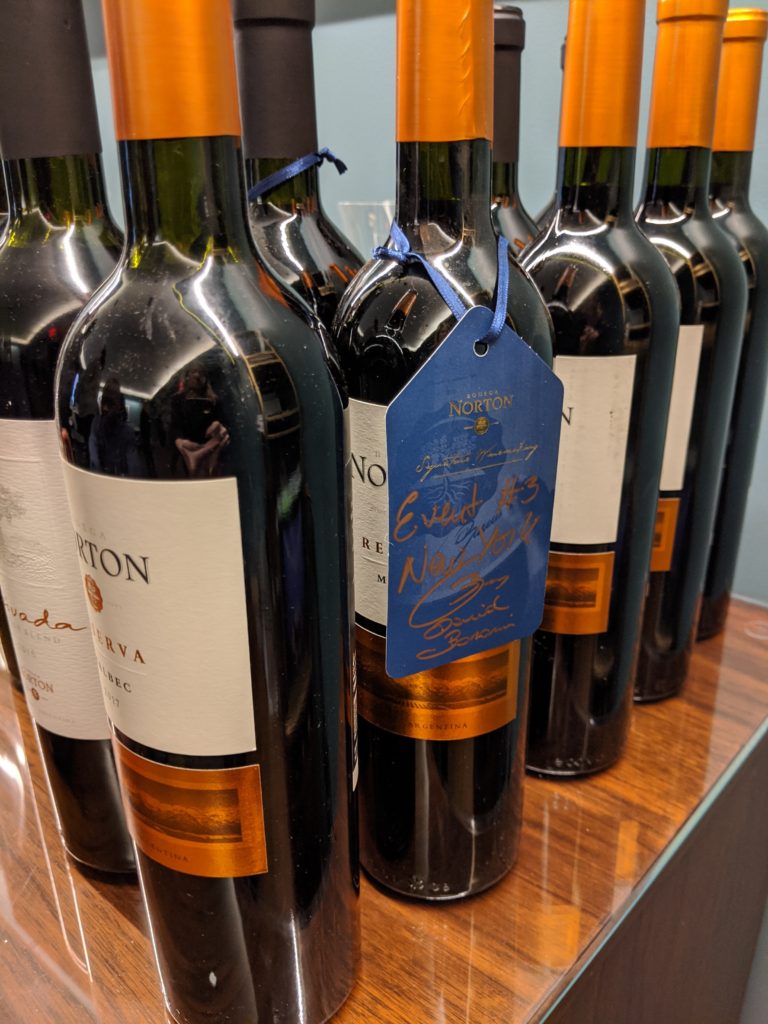
It’s Valentine’s Day week, with the addition of the newly created Galentine’s Day and the usual backlash against this “Hallmark Holiday.” But, whether you are reaching for all things red and romantic or boycotting it altogether, there’s no denying the love that exudes from wine brand Bodega Norton, which celebrates its 125th anniversary this year. Sharing lots of love with the New York wine press, the brand’s Chief Winemaker (David Bonomi) and Sales & Marketing Director (Santiago Galli) visited New York earlier this month as the third visit of a total of 125 to mark this momentous occasion.
Founded in 1895, Bodega Norton got its start when a British engineer, Edmund James Palmer Norton, was stationed in South America to build a rail line connecting Chile and Argentina and fell in love with an Argentine woman. Completely smitten and unwilling to leave her, he gave up his engineering career and established the winery in Mendoza, Argentina.
The winery continued to grow and flourish under the Norton family until it was purchased in 1989 by Gernot Langes-Swarovski of the Austrian crystal company. Drawn by his passion for wine, Gernot recognized the beauty and quality of Bodega Norton. To protect his investment, he sent his son, Michael Halstrick, to Argentina to lead the winery as CEO. Equally charmed as the original founder, Michael, too, met and fell in love with an Argentine woman, married her and now lives full-time in Argentina with his family, shepherding the winery towards ever-continuing excellence.
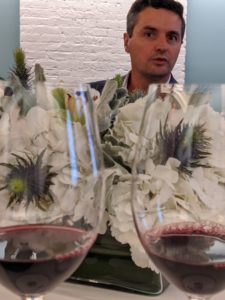
Joining Michael in his pursuit of excellence, David Bonomi has held the post as Chief Winemaker since 2014, and is only the 3rd winemaker at the winery in the past 50 years, maintaining its heritage and legacy. He had been with the company previously and his deep affection for Bodega Norton was evident as he spoke about the vineyards and wines.
Named a Top 10 South American winemaker by Decanter magazine, David was born into an Italian winemaking family (originally from Piedmont) and fell in love with wine at an early age. His first passion was viticulture, and, while he eventually studied enology as well, it is clear that he comes alive in the vineyard. With 33 years as a professional winemaker and viticulturist, David loves discovering the capabilities of new (to Argentina) varieties, such as Gruner Veltliner as well as new vineyards (in Uco Valley and Patagonia). He then crafts his interpretation of a place into wine.
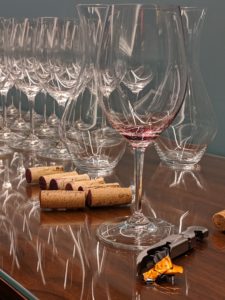
Speaking about the Swarovski family, David described their arrival as a merger between Latin passion and European vision. He further noted the influence that the family’s attention to detail in the crystal business was infused into the existing culture at Bodega Norton, along with a strong emphasis on sustainability and best practices. Moreover, their commitment to quality production extends to their growers; the minimum contract is 10 years with shared investment in netting and other necessary equipment.
The winery’s five estate vineyards are all found in the foothills of the Andes Mountains, comprising a total of 1,750 planted acres that range in age from 30 to 80 years old. They are situated within Mendoza’s Lujan de Cuyo district and further delineated in a special area known as primera zona (first zone) for the quality of the grapes.
This is truly the desert, with limited water (they are limited to irrigating with snow melt from the mountains) and challenging conditions to create wine. As David explained, there are two climates here: hot and dry and, in more difficult vintages, cool and rain. But, their long-term vision keeps them going. And, that is a true labor of love!
TASTING NOTES
During the lunch celebration, we had the great fortune to taste through a selection of current wines as well as a vertical of the winery’s top wine, Gernot Langes. The Gernot Langes was first produced in 2003 and honors Bodega Norton’s current owner, Gernot Langes Swarovski. Assessing seven vintages ranging from 2006 to 2016, it was apparent that the wine is not a photocopy, but rather, it is a wine that differs from vintage to vintage. Moreover, while only the 2016 vintage is available, the exercise demonstrated the wine’s ability to age and develop with time.
Bodega Norton: 1010 Bubbles NV, Mendoza, Argentina, $13.00
Produced via a special Charmat Method to create fine bubbles and retain the fresh fruit aromas of Gruner Veltliner, the wine is bright with slight floral and citrus and pear notes, delicate mousse, long length.
Bodega Norton Reserva Malbec 2018, Luyan de Cuyo, Argentina, $19.00
Made with 100% Malbec, David now adds a small mount of fruit from the Uco Valley to the wine to give it additional complexity. It offered up notes of plums, figs, black current with a savory and leafy undercurrent. The palate displayed good acidity, with medium-firm tannins, medium+ body and long length.
Bodega Norton Privada Family Blend 2016, Luyan de Cuyo, Argentina, $22.00
Bringing together 40% Malbec (for structure) , 30% Cabernet Sauvignon (for body) and 30% Merlot (for acidity), this wine was originally kept just for the family to enjoy with friends, but has since been produced as a commercial wine. The use of oak is very limited, so it is not overt on the palate. Notes of spice, black cherry and blackberry greet the nose. On the palate, it is more structured than Reserva Malbec, as well as richer and rounder with a smoky note in the very long finish.
Bodega Norton Gernot Langes 2016, Mendoza, Argentina, $105.00
A blend of 30% Malbec, 40% Cabernet Franc and 10% Cabernet Sauvignon, this wine was aged in oak for 16 months, with an additional 14 months in bottle before release. Of the vintages we tasted, it was the freshest with an expressive, concentrated nose of black fruit, dried herbs, smoke, with good acidity, firm tannins, medium+ body, culminating in long length.

